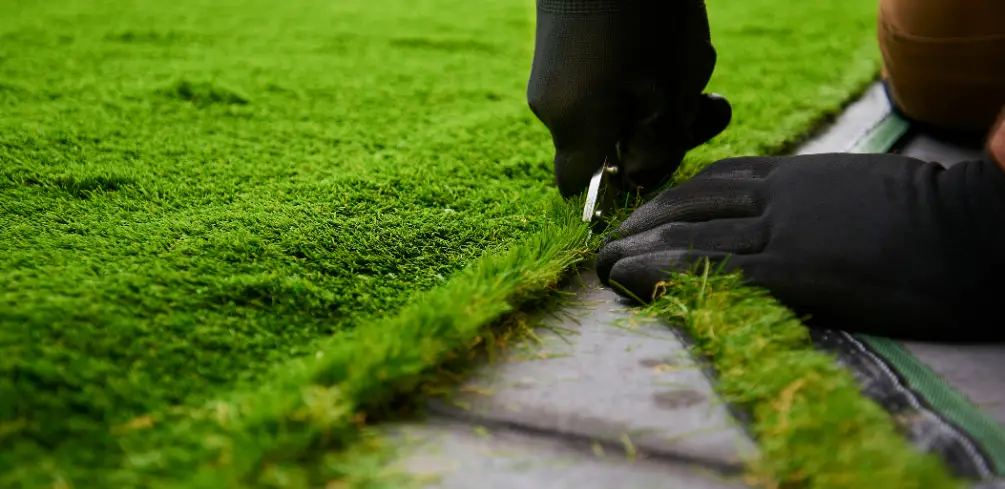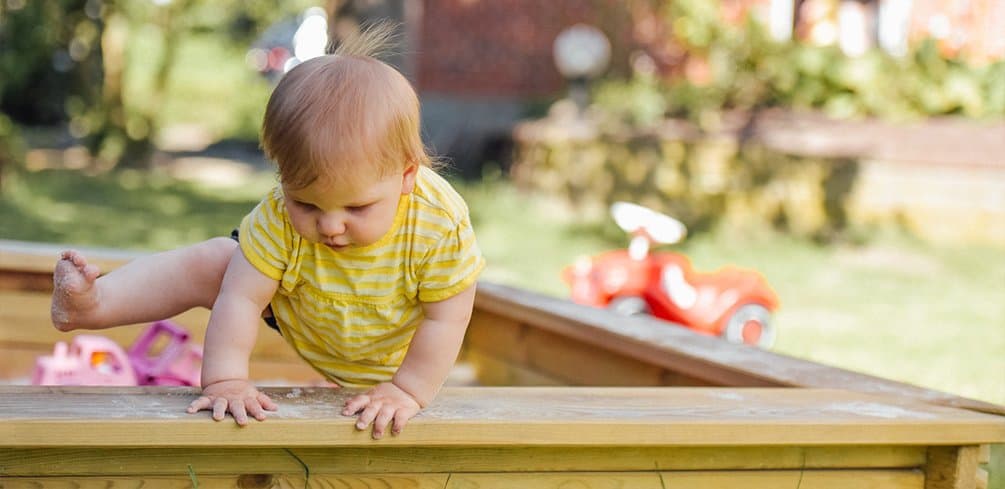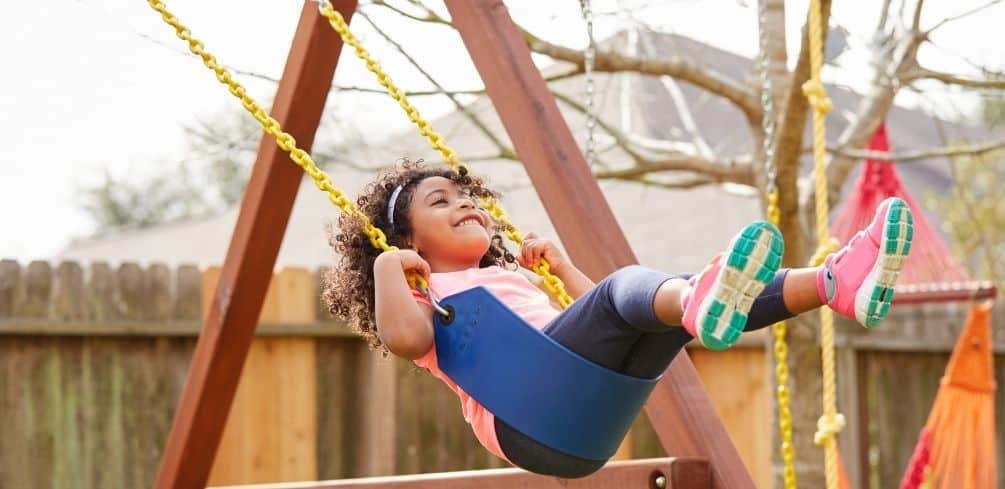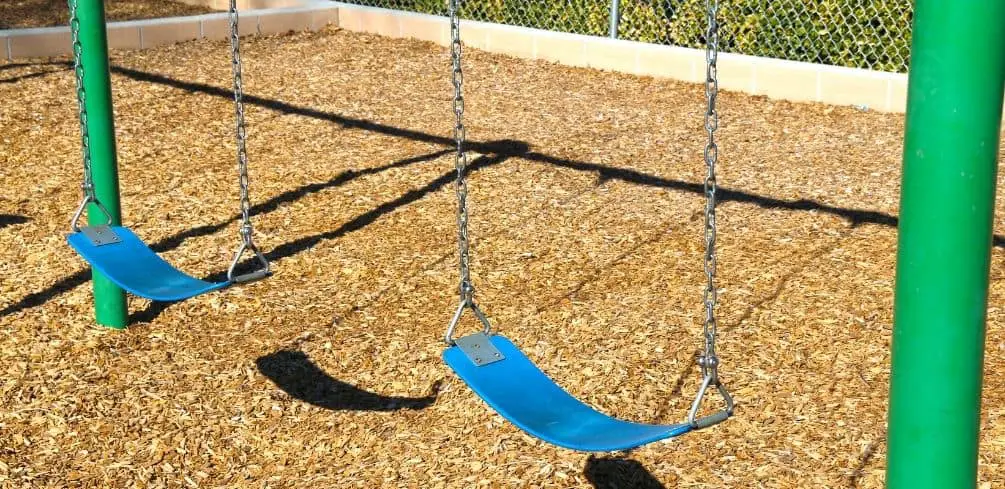Are you tired of constantly maintaining your natural lawn and looking for a more practical solution?
Artificial turf might just be the answer to your landscaping woes.
With a wide variety of options available, it’s essential to understand the differences in materials, construction, and applications before making an informed decision.
In this article, we’ll dive into the various types of artificial turf – from nylon-based options to polyethylene grass varieties and polypropylene choices – along with discussing infill materials and their uses.
Don’t worry if terms like ‘nylon-based’ or ‘infill materials’ sound foreign to you; we’ve got you covered!
As a homeowner or business owner seeking the perfect balance between aesthetics, durability, and maintenance requirements for your outdoor space, it’s crucial that you educate yourself on what each type of artificial turf has to offer.
Nylon-Based Turf Options
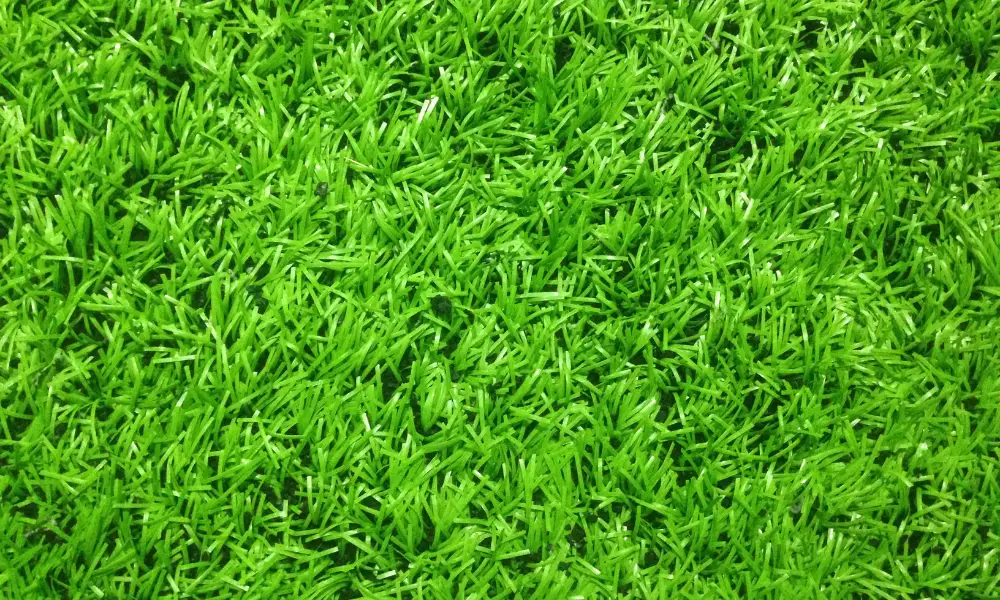
You’ve gotta check out nylon-based turf options – they’re a game changer in the artificial turf world! When it comes to durability and performance, nothing quite compares to nylon.
This synthetic material offers unparalleled resilience and wear resistance, making it an ideal choice for high-traffic areas or sports fields where intense activity is the norm.
Nylon’s durability benefits include its ability to withstand heavy foot traffic, resist UV radiation and extreme temperatures, and maintain its original shape even after years of use.
Another reason why you should consider nylon-based turf is due to its low maintenance requirements. Unlike natural grass, which requires frequent watering, mowing, and fertilization, nylon turf only needs occasional grooming and infill replacement to keep it looking fresh and vibrant.
Additionally, since nylon does not support organic growth like mold or mildew, you won’t have to worry about applying harsh chemicals or pesticides to your artificial surface.
The reduced maintenance not only saves time but also reduces costs associated with upkeep. So if you’re seeking a durable, low-maintenance alternative for your lawn or sports field, look no further than a top-quality nylon-based turf product.
With this type of artificial grass solution in place at your home or facility, you can enjoy an attractive green space without all the hassles inherent in maintaining natural grass.
Plus, given its robust nature under challenging conditions while still providing excellent playability for athletes on sports fields – it’s hard not to be impressed by this innovative synthetic option!
Polyethylene Grass Varieties
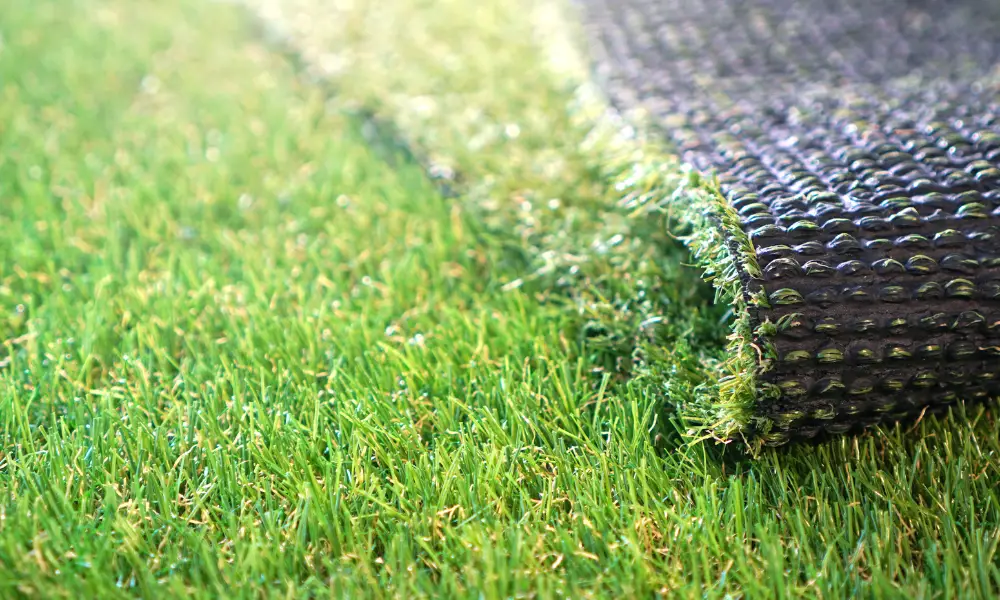
It’s nearly impossible to tell the difference between real grass and today’s high-quality polyethylene grass varieties, as they’re ultra-soft and incredibly realistic!
Polyethylene durability has come a long way since its introduction in the artificial turf industry. This material is designed to withstand heavy foot traffic, harsh weather conditions, and wear and tear from sports or play activities.
Furthermore, polyethylene grass aesthetics have improved dramatically over the years, offering an array of colors, textures, and density options – so much so that you might find it hard to believe it’s not natural grass!
When selecting polyethylene turf for your project, consider factors such as pile height (the length of the individual blades), stitch rate (the number of stitches per square inch), and face weight (the total weight of fibers per square yard).
These elements contribute to overall performance, feel underfoot, and longevity.
For instance, a higher pile height may offer a more luxurious appearance but could be less durable in high-traffic areas. On the other hand, higher stitch rates can provide increased density for optimal resilience.
Polyethylene artificial turf is low-maintenance compared to natural grass – no need for watering or mowing!
Additionally, it remains green year-round without fertilizers or pesticides. Let your subconscious desire for understanding lead you toward finding the perfect balance between durability and aesthetics when choosing your ideal polyethylene grass variety.
Keep in mind that investing in quality materials will ensure a beautiful landscape that lasts for years while requiring minimal upkeep efforts on your part.
So go ahead – explore different types of polyethylene turf suited best for your needs!
Polypropylene Turf Choices
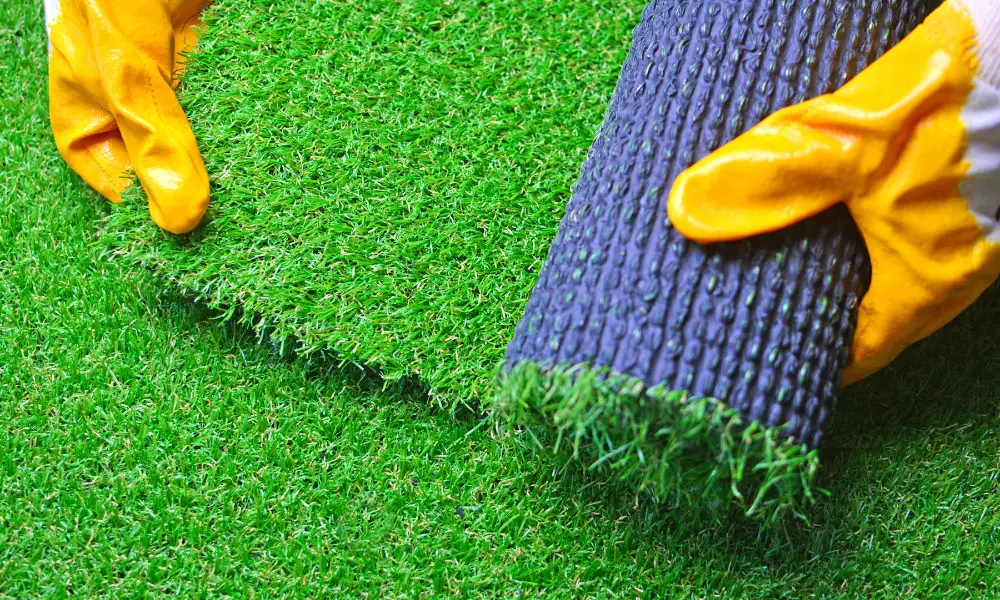
Opting for polypropylene turf offers a cost-effective alternative to natural grass while still maintaining an attractive and functional landscape.
This type of artificial grass is made from highly durable polypropylene fibers, providing you with a long-lasting solution that can withstand various weather conditions and heavy foot traffic.
As you explore your options in the world of polypropylene turfs, it’s essential to consider factors such as color retention, pile height, density, and yarn shape to ensure you select the best product for your specific needs.
Polypropylene turf choices come in numerous styles with varying levels of durability and color retention. When it comes to durability, opting for a higher-quality turf with increased fiber density will provide better wear resistance and longevity.
Additionally, UV-stabilized polypropylene fibers are designed to withstand prolonged exposure to sunlight without significant fading or discoloration.
By selecting a turf that boasts both high-density fibers and UV protection, you’ll enjoy a vibrant lawn that maintains its aesthetic appeal over time.
As you weigh your options for polypropylene artificial grasses, don’t forget about factors like pile height and yarn shape.
The appropriate pile height depends on how you intend to use your artificial lawn – shorter pile heights work well for sports surfaces or areas with high foot traffic, while taller piles create a more lush appearance suitable for residential landscapes.
Similarly, different yarn shapes impact the overall performance of your turf; some offer superior resilience under pressure, while others prioritize softness or visual appeal.
By carefully considering these elements alongside durability and color retention properties in your search for the perfect polypropylene turf option, you’ll be able to create an attractive and functional outdoor space tailored specifically to your needs — all while enjoying cost savings compared to traditional natural grass installations.
Infill Materials and Their Uses
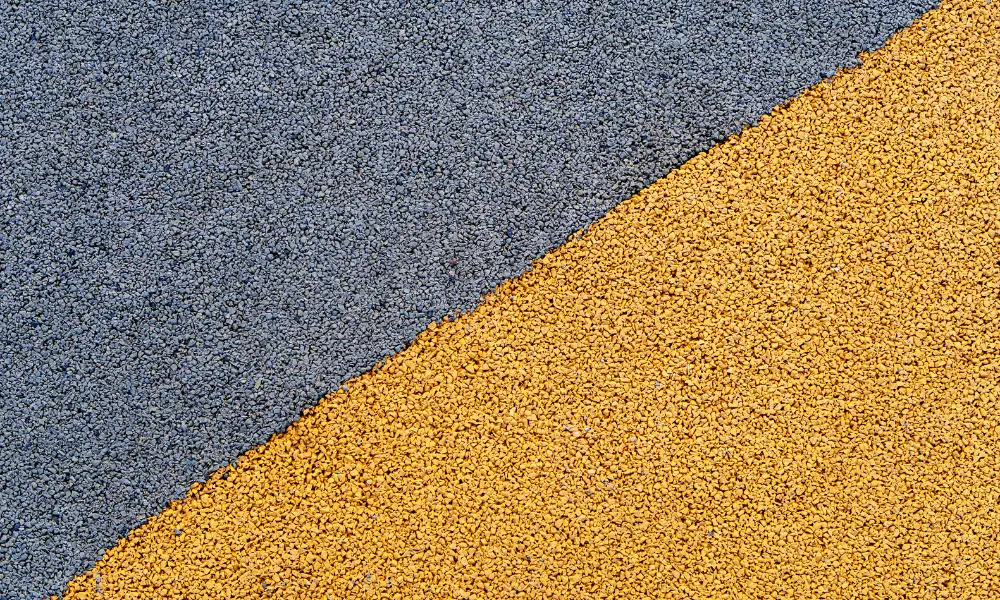
Selecting the right infill material for your synthetic grass installation is crucial, as it plays a key role in enhancing the performance, safety, and longevity of your lawn.
Infill alternatives can make all the difference when it comes to environmental impacts, durability, and even aesthetic appeal.
To choose the best infill option for your project, it’s essential to understand the various materials available on the market and their specific uses.
Some popular infill materials include crumb rubber, sand (silica or coated), organic options like cork or coconut fibers, thermoplastic elastomers (TPE), and environmentally friendly solutions such as Envirofill.
Each of these options has its unique characteristics that influence factors like shock absorption capacity, moisture retention capabilities, and resistance to bacterial growth or compaction issues.
For instance, crumb rubber provides excellent shock absorption but raises concerns about potential health risks due to its chemical composition, whereas sand offers stability with minimal environmental impact but might lack cushioning properties.
When evaluating infill alternatives for your artificial turf installation, consider both functional needs and environmental implications.
Crumb rubber may be suitable for a sports field that requires high-level shock absorption, while an eco-conscious homeowner might opt for cork or coconut fiber-based infills, which are biodegradable yet provide an adequate support structure.
Additionally, if you live in an area prone to extreme weather conditions such as heavy rainfall or snowfall events – selecting a permeable material like TPE could help mitigate drainage concerns while maintaining optimal performance levels within your synthetic lawn system.
Ultimately, understanding each material’s benefits and limitations will enable you to make an informed decision tailored specifically toward achieving desired outcomes with respect to both the functionality and sustainability aspects of your artificial turf installation project.
Selecting the Ideal Turf for Your Needs
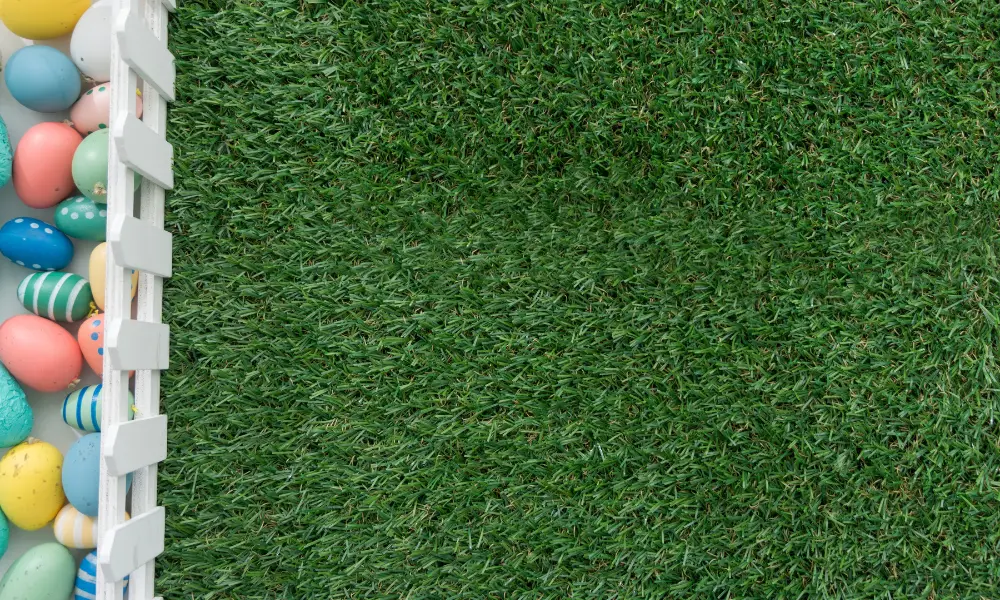
Choosing the perfect synthetic grass for your specific needs requires careful consideration of factors such as durability, aesthetics, and environmental impact to ensure a satisfying and long-lasting result.
To start, think about how much foot traffic the area will receive and whether the turf needs to withstand heavy use or just occasional activity.
Look into various options available in terms of pile height, fiber type (such as monofilament or fibrillated), and density to find a balance between durability and aesthetics that meets your requirements.
Additionally, consider turf maintenance tips like infill selection, which can affect both performance and upkeep. Opting for materials like crumb rubber or coated sand may require less frequent maintenance than natural alternatives.
When it comes to budget-friendly options, you don’t have to compromise on quality if you do your research. There are numerous manufacturers offering affordable artificial grass products with varying price points that still meet industry standards for wear resistance, UV protection, and overall resilience.
Be sure to compare warranties offered by different companies – a longer warranty period may be indicative of a more durable product that will save you money in the long run.
Also, keep an eye out for suppliers who offer free samples – this allows you to get hands-on experience with the turf before committing financially.
As you make your decision on the ideal artificial turf for your project, take time to weigh all aspects, including not only cost but also sustainability concerns like water conservation benefits or potential environmental hazards from infill materials used.
By thoroughly examining each element before making a purchase decision, you’ll be better equipped to choose an option that provides maximum enjoyment while minimizing any negative impacts on your surroundings. In doing so, finding the perfect synthetic grass solution tailored specifically to your unique needs becomes an achievable goal worth pursuing!
Conclusion
So, you’ve explored the turf-scape from nylon to polypropylene and even peeked into infill materials. Don’t let your decision-making get stuck in the Dark Ages – modern technology has made artificial turf more versatile than ever!
Take your time, weigh your options, and choose the ideal turf that suits your needs, like a knight in shining armor.
Remember, every lawn has its own unique requirements – it’s up to you to find the perfect match!

